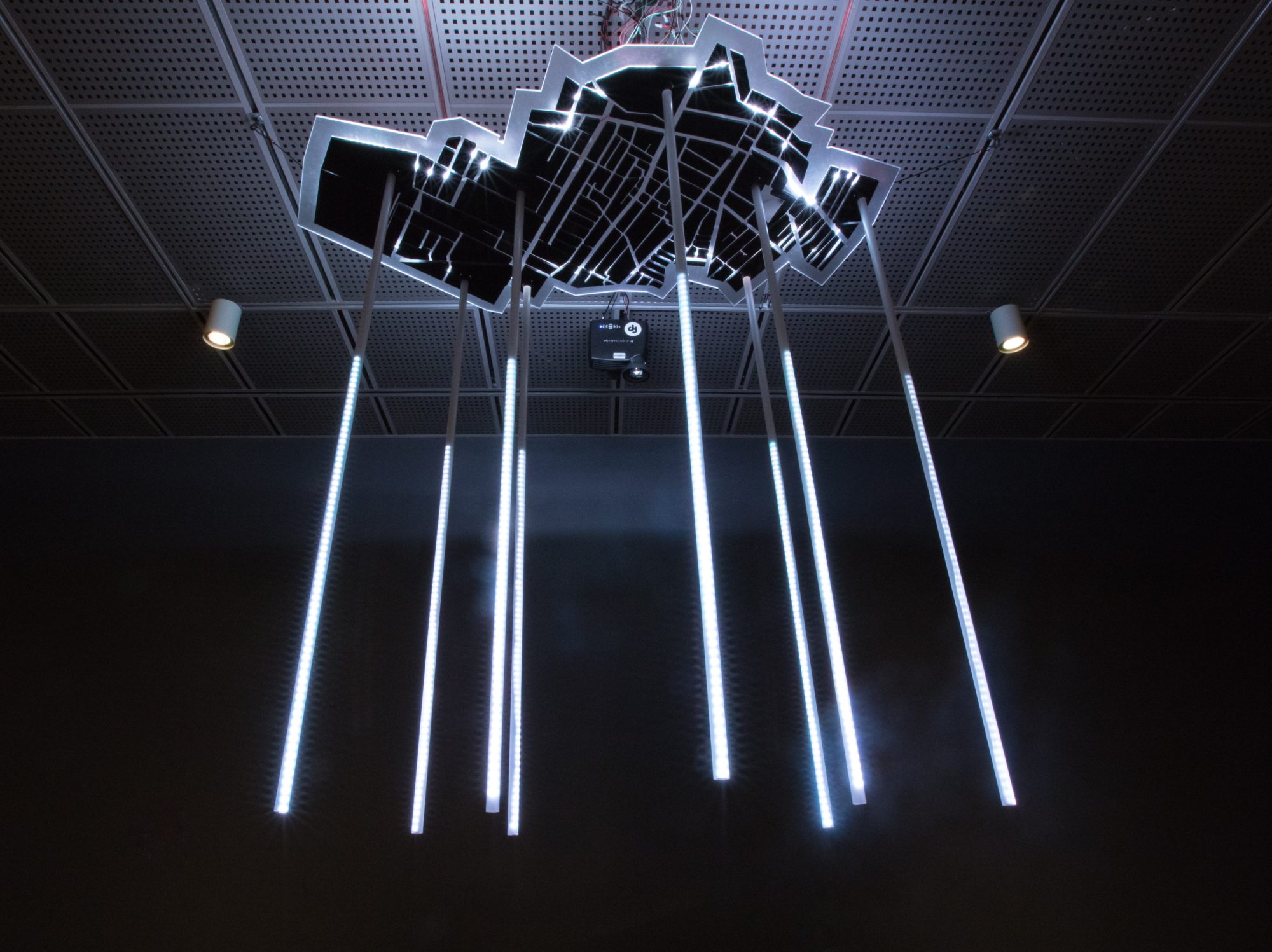Following the occupation of Poland in 1939, German authorities took steps to isolate Jews from the rest of the population by forcing them into ghettos. In February of 1940, they established the Łódź ghetto in the city of Łódź, Poland. They surrounded the ghetto with barbed-wire fencing, assigned special police units to guard the ghetto perimeter, and established more than 100 factories inside the ghetto to take advantage of the free, forced labor. By Spring 1940, about 200,000 Jews and some 5,000 Roma had been forcibly moved from their homes in various places in Europe and deported to this ghetto
Living Conditions
The living conditions were horrendous. Conditions included buildings with neither running water nor a sewer system, hard labor in factories, meager food rations, overcrowding and starvation. Over the course of four years more than 20 percent of the ghetto’s population died due to these conditions
Liquidation
In January 1942 deportations to killing centers began. German authorities deported Jews from Łódź to the nearby Chełmno killing center. By late September 1942, they had deported over 75,000 people. Major deportations then halted for months. In the summer of 1944, German officials “liquidated” the Łódź ghetto and deported almost all of the remaining population to the Chełmno and Auschwitz-Birkenau killing centers. When the Soviet Army troops arrived in Łódź in January 1945, they found only 877 Jews alive.









